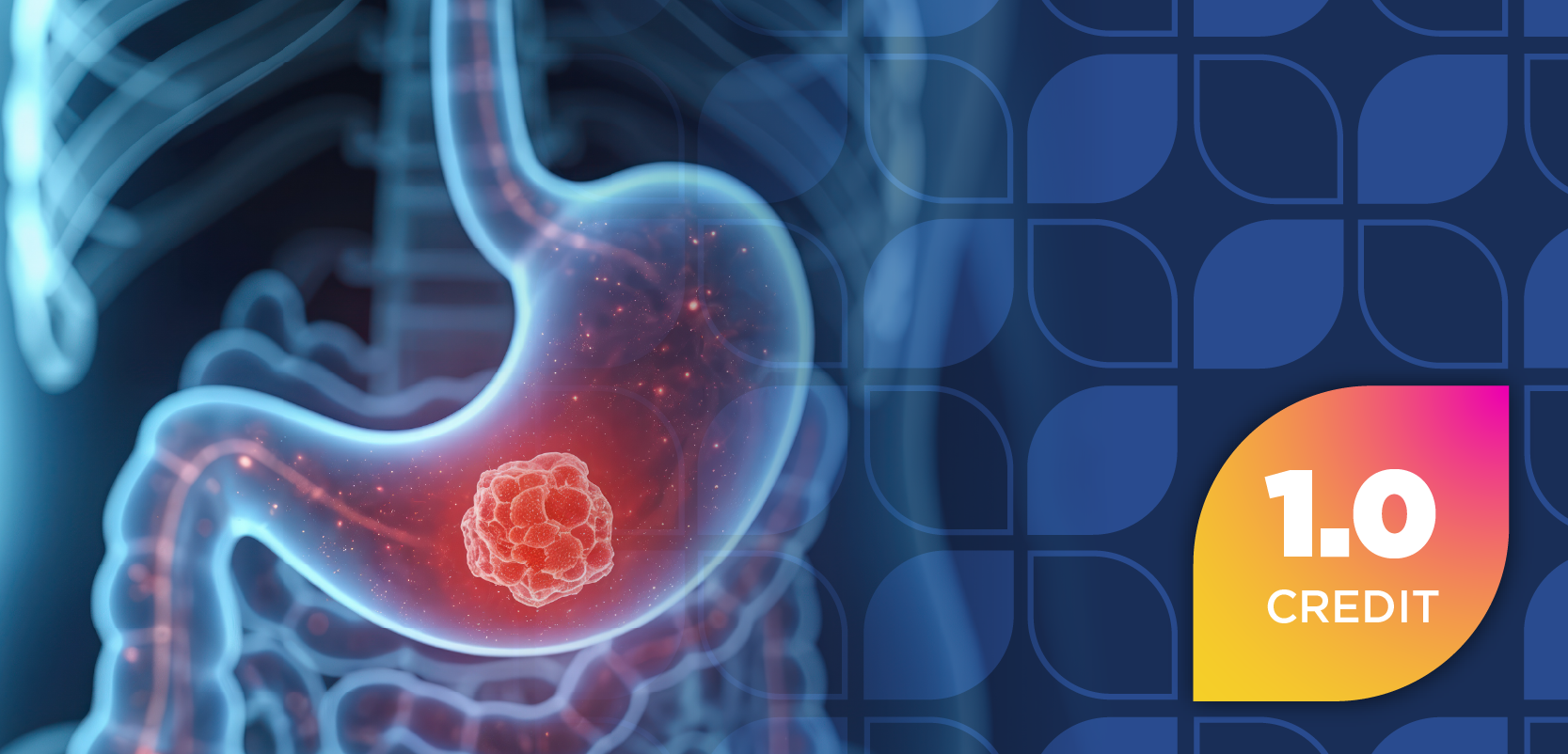
President Trump Signs Executive Order Aiming to Lower Prescription Drug Costs by Up to 90%
Key Takeaways
- The executive order aims to reduce drug costs by linking U.S. prices to international rates, potentially lowering costs by 30% to 90%.
- Experts question the feasibility of implementing the policy within the complex U.S. drug pricing system, citing potential legal challenges.
The executive order gives pharmaceutical companies 30 days to voluntarily lower prices.
President Donald J. Trump has signed the executive order (EO) “Delivering Most-Favored-Nation Prescription Drug Pricing to American Patients,” which aims to reduce drug costs for Americans and tie them to what other nations pay for medications. According to Trump, patients could see cost reductions of 30% to 90%, but experts question the feasibility and practicality of implementing such a policy within the complex United States drug pricing and supply system.1,2
The EO builds on EO 13948, or “Lowering Drug Prices by Putting America First.” This was originally introduced on September 13, 2020, near the end of Trump’s first term, but was shut down by a federal judge due to the administration’s failure to comply with the proper implementation processes. EO 13948 is primarily recognized for its introduction of the “most favored nation” (MFN) pricing model, which has gained criticism amongst experts.3,4
“This is just a repeat of a rule from Trump's first term, though, with a 30-day delay of sorts,” Ron Lanton III, Esq., a regulatory attorney and partner at Lanton Law PLLC, told Pharmacy Times®. “The first time, the administration simply stated that there would be an implementation of the 'most favored nation' pricing model. In this new interaction, there is a 30-day period for the drugmakers to ‘negotiate’ lower prices with a ‘most favored nation’ pricing model trigger for those that fail to negotiate a lower price to the satisfaction of the administration.”
However, how this pricing model will be implemented and whether pharmaceutical manufacturers will be able to meet the expectations of the EO, if upheld, is uncertain. The EO states that if manufacturers are unable to meet the 30-day deadline, the secretary of the Department of Health and Human Services, Robert F. Kennedy Jr., is permitted to develop a new rule that ties American drug prices to those of other nations.1
“Drug pricing in our country is extremely complex,” LeAnn Boyd, PharmD, former independent community pharmacist and founder of Liviniti, told Pharmacy Times. “Thirty days is fairly short for an industry that big to unwind this heavy rebate-driven model. Manufacturers have rebate commitments to large GPOs [group purchasing organizations] and large PBMs [pharmacy benefit managers] that have revenue models heavily tied to rebates. I think their biggest fear is, 'How do we unwind all of this and do it in 30 days?'"
The EO is expected to face opposition from pharmaceutical companies and affected PBMs. According to reporting, drug manufacturers claim that lowering drug costs could impact their ability to fund research for new agents and make America more reliant on other countries for innovative medications. For PBMs, those with rebate-driven structures may see significant impact.5,6
“Within Liviniti [a PBM founded by Boyd], our revenue model is simply an admin fee. Our revenue is not linked to the price of drugs,” Boyd said. “Other PBMs will be impacted because their compensation is absolutely linked to the price of drugs, and the higher the price is, the more revenue they do receive.”
Another concern is the impact on pharmacies, which could be directly affected by changes to drug pricing models. For example, lower drug prices could reduce reimbursement rates, as well as potential disruptions to current rebate-driven pricing structures.7
"I think their acquisition costs will go down as well,” said Boyd. “They’ll be able to acquire the drug, because most of their acquisition pricing is, in some cases, based off the WAC [wholesale acquisition cost] anyway. If that goes down, the acquisition costs for the pharmacies would go down too, and [pharmacists] should be compensated fairly for their dispensing."
There are also concerns about potential impacts to supply chains because the EO encourages importing drugs from countries with lower prices. Although this could provide access to more affordable medications, it may introduce potential delays in distribution that could disrupt pharmacy operations.5
Although the administration positions the policy as a bold step toward lowering costs for patients, experts argue that its foundation lacks clarity, enforceability, and alignment with the economic realities of drug distribution and reimbursement. Whether the EO will withstand legal challenges, shift manufacturer behavior, or lower drug prices remains to be seen.
“My opinion is that this policy will not really accomplish much, although I understand its intent," Lanton explained. "First, this may be blocked by a federal judge again. Second, it does not address the core issues of higher prices, such as the use of rebates by insurers. And finally, the most favored nation pricing model is unworkable."
"In terms of where it fits in the broader landscape of reform, I'm not sure that it does at this point," continued Lanton. "It is an attempt to force manufacturers to lower prices with an unestablished pricing mechanism via CMS protocols with no basis of how the healthcare economy works in the US. This is not a policy; it is a threat without much room for the system as a whole to work from.”
REFERENCES
1. Trump signs executive order setting 30-day deadline for drugmakers to lower prescription drug costs. Associated Press. May 12, 2025. Accessed May 13, 2025. https://apnews.com/article/trump-prescription-drugs-prices-most-favored-nation-4c620a32ccd193b793ba1558f3fe93e0
2. Delivering Most-Favored-Nation Prescription Drug Pricing To American Patients. White House. May 12, 2025. Accessed May 13, 2025. https://www.whitehouse.gov/presidential-actions/2025/05/delivering-most-favored-nation-prescription-drug-pricing-to-american-patients/
3. Trump to pitch sweeping Medicare drug price plan. Politico. May 7, 2025. Accessed May 13, 2025. https://www.politico.com/news/2025/05/07/trump-sweeping-medicare-drug-price-plan-00334167
4. Executive Order 13948—Lowering Drug Prices by Putting America First. The American Presidency Project. September 13, 2020. Accessed May 13, 2025. https://www.presidency.ucsb.edu/documents/executive-order-13948-lowering-drug-prices-putting-america-first
5. Trump promises to slash drug costs, tying US prices to those paid abroad. Politico. May 12, 2025. Accessed May 13, 2025. https://www.politico.com/news/2025/05/12/trump-pledges-to-revive-most-favored-nation-drug-pricing-00341622?utm_source=chatgpt.com
6. Trump Executive Order Could Reduce Pharmaceutical Costs by 59%. AJMC. May 12, 2025. Accessed May 13, 2025. https://www.ajmc.com/view/trump-executive-order-could-reduce-pharmaceutical-costs-by-59-
7. US drug prices could be drastically impacted by Most Favored Nation executive order. Pharmaceutical Technology. September 18, 2020. Accessed May 13, 2025. https://www.pharmaceutical-technology.com/pricing-and-market-access/us-drug-prices-impacted-most-favored-nation-executive-order.html/?utm_source=chatgpt.com&cf-view&cf-closed
Newsletter
Stay informed on drug updates, treatment guidelines, and pharmacy practice trends—subscribe to Pharmacy Times for weekly clinical insights.















































































































































































































